
Marine plastic pollution has been a growing concern for decades. Single-use plastics (plastic bags and microbeads) are a significant source of this pollution.
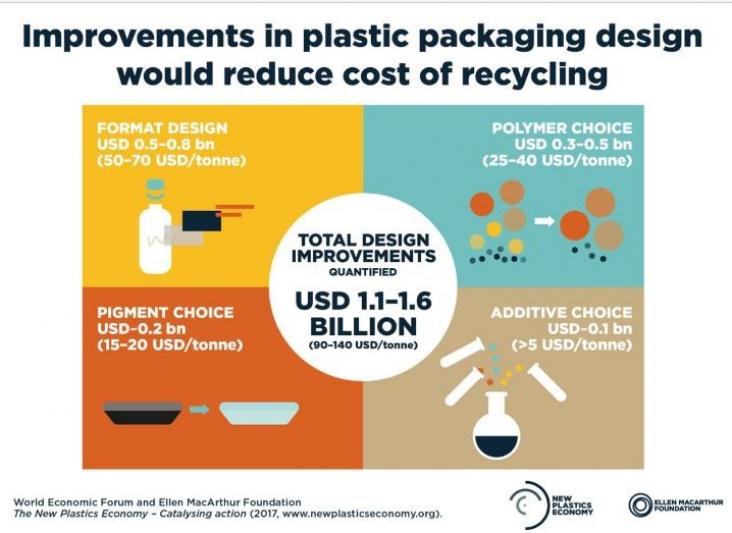
Photos of a beach on Henderson Island in the Pacific Ocean provides yet more evidence of the detrimental impact that packaging and other plastics waste is having on the environment globally. Creating a virtuous circle out of what, until now, has largely been a chain of production from feedstock to consumer will not be easy. But it is the innovation aspect that has fired the imagination of producers, processors and corporate consumers of plastics packaging. This fits with SDG 9.4 to upgrade infrastructure and retrofit industries to make them sustainable, with increased resource-use efficiency and greater adoption of clean and environmentally sound technologies and industrial processes and SDG 7 Affordable and Clean Energy.

The marketing value of the concept of ecotourism is now very low, as there is very little evidence that it delivers. Many people in the developing world are unable to visit National Parks and suffer only negative impacts – loss of access for meat, fruits, thatching grass and land for agriculture. How does a consumer or tour operator identify wildlife operators and conservancies that are really making a contribution? Either to wildlife and habitat conservation or to the livelihoods of local communities to ensure that they benefit from conservation?
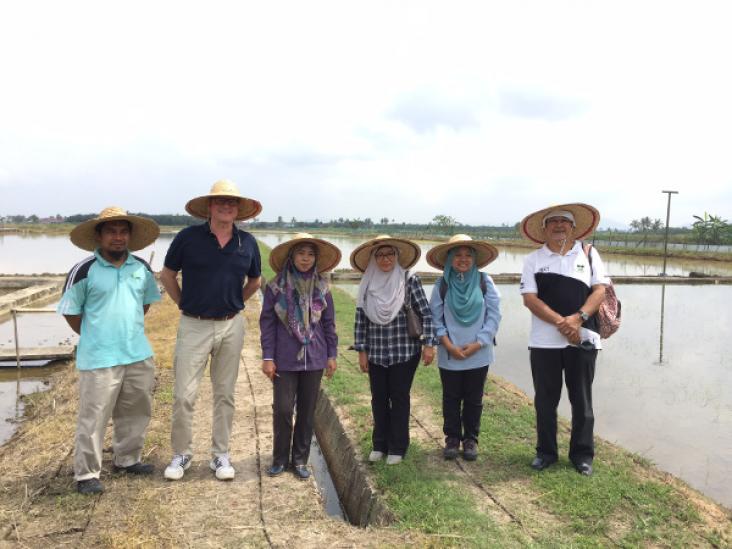
The winner of the first ever Green and Sustainable Chemistry Challenge, Dr Suzana Yusup, invited Rob van Daalen (publisher Chemistry and initiator of the Challenge) to make a site visit to see the progress of her project "Biopesticide for Improvement of Paddy Yield". The visit made clear that the Elsevier sustainability program and specifically this challenge have a positive impact on health, environment and society in local communities in Malaysia, enhancing efforts to advance SDGs 1, 6, 12 and 15.
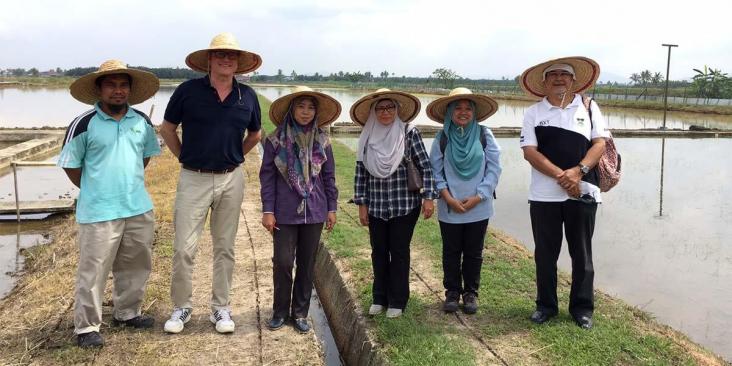
This article highlights one of the winning proposals of the Elsevier Foundation Green & Sustainable Chemistry Challenge - “Biopesticides for improved paddy yield” - led by researcher Dr. Suzana Yusup. Her work shows how bio-pesticides can be safer and more effective than traditional pesticides, contributing to SDGs 8, 12, 13 and 15.
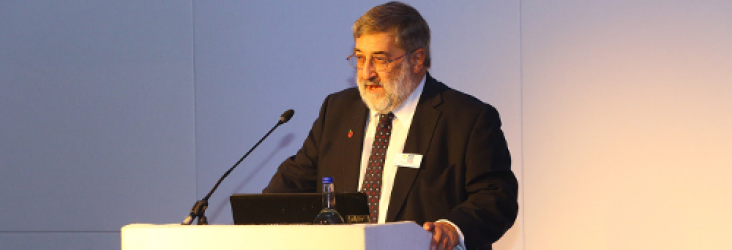
The 2017 Responsible Tourism Awards, presented during World Responsible Tourism Day, are focused on the SDGs. The first three categories are looking for specific contributions to SDG 8, SDG 12, SDG 3 whilst the remaining two categories are open to businesses and other tourism organisations supporting the remaining 14 SDGs. Entries close on 31 August 2017.
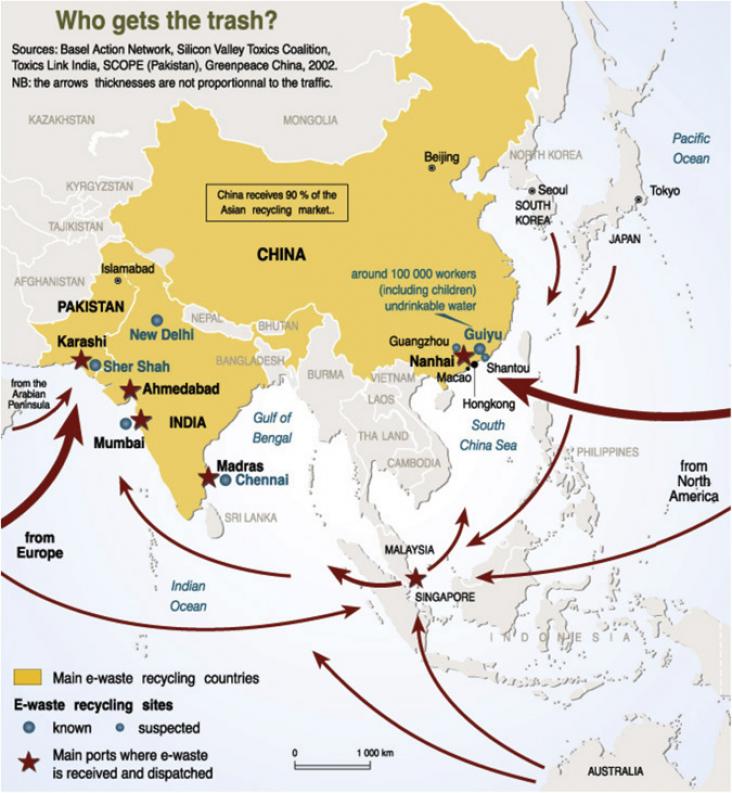
Chapter on the public health problem of how to effectively deal with or dispose of the ever-increasing number of old or outdated electronic devices (e-waste) in a safe manner. The goal of SDG target 3.9 is to substantially reduce the number of deaths and illnesses from hazardous chemicals and air, water and soil pollution and contamination
Using newly-released and globally available high-resolution remote sensing data on forest loss, we update the assessment of the cross-country determinants of deforestation in developing countries.
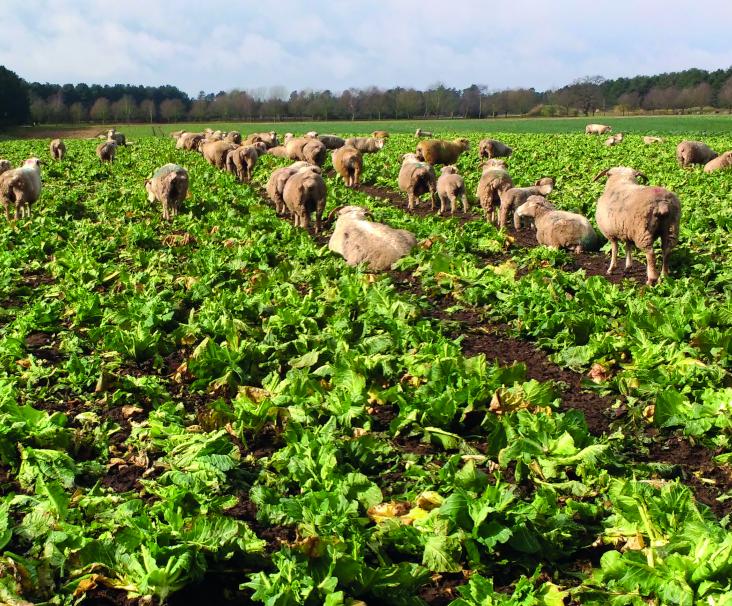
Livestock has disappeared from swathes of England in the past 50 years as many growers became increasingly specialised. However as our soils increasingly suffer leaching, erosion and compaction from ever-heavier modern machinery, more and more arable farmers are reaping the benefits of bringing sheep and cattle back on to the land. Such measures help support SDG 12 Responsible Consumption and Production.
The existing methods for recycling electronic wastes such as the printed circuit boards (PCB), which contains a large number of components and elements, face significant challenges when considering en
